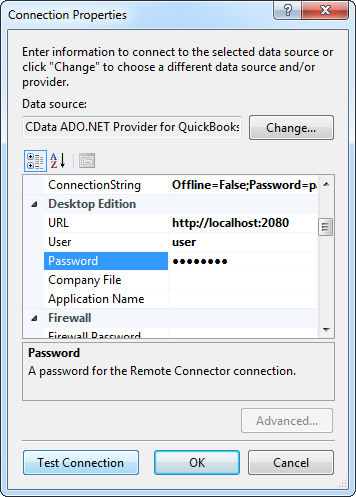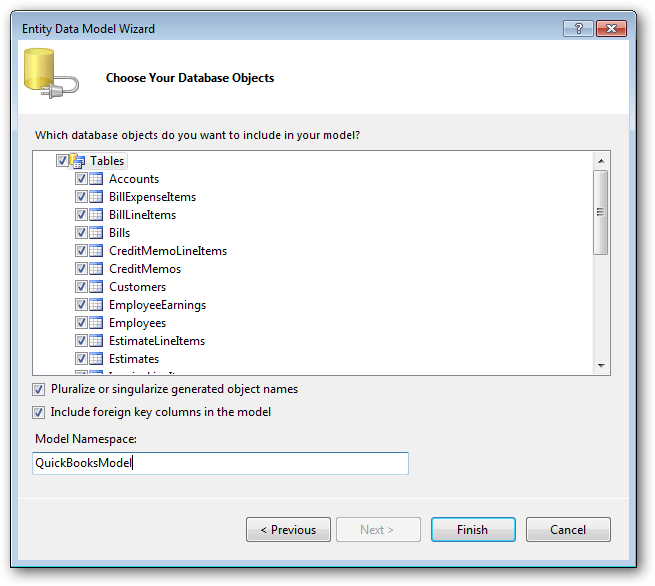Discover how a bimodal integration strategy can address the major data management challenges facing your organization today.
Get the Report →LINQ to Impala Data
LINQ offers versatile querying capabilities within the .NET Framework (v3.0+), offering a straightforward method for programmatic data access through CData ADO.NET Data Providers. In this article, we demonstrate the use of LINQ to retrieve information from the Impala Data Provider.
This article illustrates using LINQ to access tables within the Impala via the CData ADO.NET Data Provider for Impala. To achieve this, we will use LINQ to Entity Framework, which facilitates the generation of connections and can be seamlessly employed with any CData ADO.NET Data Providers to access data through LINQ.
See the help documentation for a guide to setting up an EF 6 project to use the provider.
- In a new project in Visual Studio, right-click on the project and choose to add a new item. Add an ADO.NET Entity Data Model.
- Choose EF Designer from Database and click Next.
- Add a new Data Connection, and change your data source type to "CData Impala Data Source".
Enter your data source connection information.
In order to connect to Apache Impala, set the Server, Port, and ProtocolVersion. You may optionally specify a default Database. To connect using alternative methods, such as NOSASL, LDAP, or Kerberos, refer to the online Help documentation.
Below is a typical connection string:
Server=127.0.0.1;Port=21050;- If saving your entity connection to App.Config, set an entity name. In this example we are setting ApacheImpalaEntities as our entity connection in App.Config.
- Enter a model name and select any tables or views you would like to include in the model.


Using the entity you created, you can now perform select , update, delete, and insert commands. For example:
ApacheImpalaEntities context = new ApacheImpalaEntities();
var customersQuery = from customers in context.Customers
select customers;
foreach (var result in customersQuery) {
Console.WriteLine("{0} {1} ", result.Id, result.City);
}
See "LINQ and Entity Framework" chapter in the help documentation for example queries of the supported LINQ.






